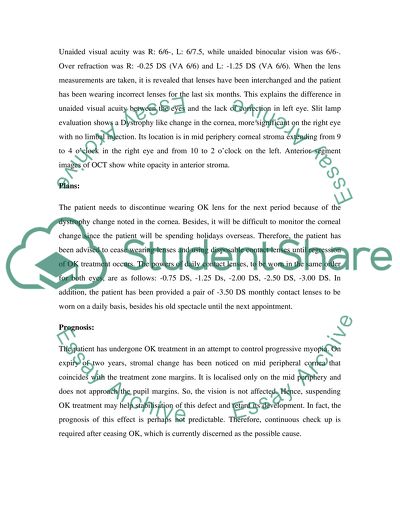Cite this document
(Patients Histories and Care Schedules in Ophthalmology Case Study - 1, n.d.)
Patients Histories and Care Schedules in Ophthalmology Case Study - 1. Retrieved from https://studentshare.org/health-sciences-medicine/1572885-contact-lens-clinical-case-report-postgraduate-optometry-studies
Patients Histories and Care Schedules in Ophthalmology Case Study - 1. Retrieved from https://studentshare.org/health-sciences-medicine/1572885-contact-lens-clinical-case-report-postgraduate-optometry-studies
(Patients Histories and Care Schedules in Ophthalmology Case Study - 1)
Patients Histories and Care Schedules in Ophthalmology Case Study - 1. https://studentshare.org/health-sciences-medicine/1572885-contact-lens-clinical-case-report-postgraduate-optometry-studies.
Patients Histories and Care Schedules in Ophthalmology Case Study - 1. https://studentshare.org/health-sciences-medicine/1572885-contact-lens-clinical-case-report-postgraduate-optometry-studies.
“Patients Histories and Care Schedules in Ophthalmology Case Study - 1”, n.d. https://studentshare.org/health-sciences-medicine/1572885-contact-lens-clinical-case-report-postgraduate-optometry-studies.


